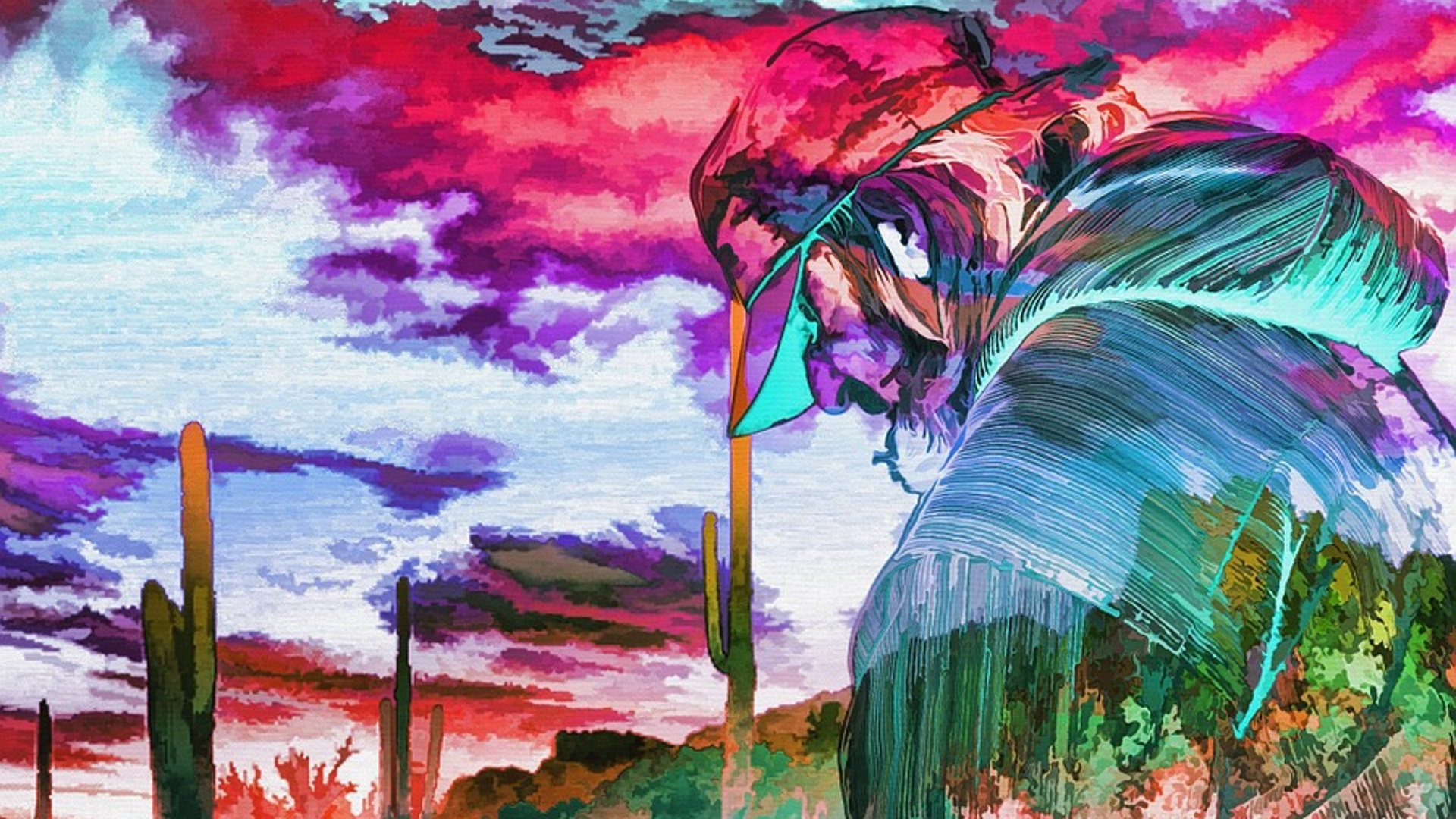
by Jon Rappoport
May 20, 2019
Most of my readers now know that my blog has been taken down by WordPress for no stated reason. We are working to restore the blog “by other means.” You’re reading this either because you’re already subscribed to my email list or someone forwarded this email to you. If you’re in the latter category, then the best way to get my daily articles is go to my home page, nomorefakenews.com and sign up for the email list in the upper left corner. You’ll get articles in your inbox. Thank you for your support.
“On 2nd Avenue, I peeked between the boards of a construction site. Workers were busy piling up bricks. One worker came close and I asked him what they were doing. He gave me an embarrassed smile. Well, he said, we’re shoring up Reality. We’re very busy. We have to keep putting things together. I’m surprised you saw us. We’re everywhere all the time.” (New York Dream, Jon Rappoport)
I could recall and describe 10 or 20 times in my life when the clouds parted and I saw, directly and with exceeding clarity, that what is called REALITY is a construct. It is a work of art. It is designed and engineered to hold and house LIFE, SPIRIT.
Its remarkable enduring quality is machine-like, as if a painting were reproduced trillions of times. On and on. Over and over. But there is an illusion here. It takes the consent of huge numbers of people for this machine to operate. And that consent occurs because most people do not see themselves as creators, as artists. They see themselves as inhabitants and “renters.” They see themselves as very clever, if they concoct a way to succeed WITHIN the boundaries of the living movie/machine called Reality. That is as far as they want to go.
You walk through a large museum. There are hundreds of paintings on the walls. You stop before one and stare at it. It’s a picture of a winding road at the edge of a forest. There is a small cottage in the distance. You move into the painting and stroll all the way to the cottage, enter it, and take up residence there. For 65 years.
A painter walks through the same museum. He looks at many wonderful and strange pictures, and then he goes home and paints. He never takes up long-term residence in a work of art. In that respect, he is immune.
In the years 1961 and 1962, I lived in New York and painted. I went to the midtown museums many times. I learned my most important lessons about Reality there. I didn’t drop my insights later on in favor of a more “mature” outlook.
William Blake famously wrote: “Some see nature all ridicule and deformity… and some scarce see nature at all. But to the eyes of the man of imagination, nature is imagination itself. To see a world in a grain of sand and heaven in a wild flower Hold infinity in the palm of your hand and eternity in an hour.”
Here is another way to think about the Reality machine—every person is absolutely convinced that Rembrandt painted only one self-portrait. It’s accepted by one and all as an established fact. Then one day, a museum hangs 40 Rembrandt self-portraits. Many people walk by them and don’t see them at all. Other people do see them and call them fakes. After a few months, the curators remove the 40 paintings and they’re never shown again.
Now we’re talking about deep censorship. Knowledge about the reality machine is blotted out. It’s buried in the unconscious.
Psychologist: Tell me again what you saw.
Artist: Out in the street, I saw that all the buildings and cars and trucks and other objects were expressions of a machine, a Reality machine. Reality is a work of art, a construct.
Psychologist: You had a moment of delusion.
Artist: No. It was a glimpse into the way things are.
Psychologist: Nonsense. “The way things are” is something I and my colleagues define. It takes years of study and clinical practice to reach a point where we can reliably characterize reality.
Artist: I don’t buy you or your definitions.
Psychologist: You have no choice. We have the backing of the State.
Artist: Exactly. You’re an official. You have a stake in the game. Your job is to limit people’s perception. You help keep the machine running.
“Creative perception” doesn’t mesh with the sentiments of the crowd. The crowd wants nothing to do with it. And then there is the fact that it takes imagination to deal with imagination—and most people claim they don’t understand or believe in imagination.
That’s a kind of koan worth contemplating: IT TAKES IMAGINATION TO DEAL WITH IMAGINATION.

Truth Comes to Light highlights writers and video creators who ask the difficult questions while sharing their unique insights and visions.
Everything posted on this site is done in the spirit of conversation. Please do your own research and trust yourself when reading and giving consideration to anything that appears here or anywhere else.










